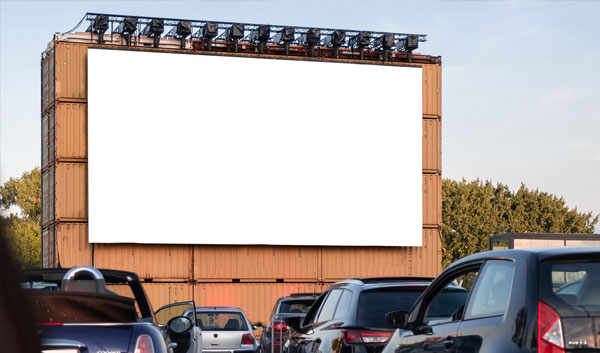“So…how are we going to do this?” That was the thought going through everyone’s head but definitely not the first thing we said to our client.
“YES, we can do it,” was our immediate response.
Our agency has produced hundreds of videos but never like this one. Our client needed to share important information with its customers and wanted the content to come from its employees. The catch was, there would be no studio time and no professional crew filming on location. Due to social distancing and safety concerns for all involved, our task was to shoot these videos remotely. The talent would be in their homes. The agency team, along with a director, would be in their homes, and somehow, we’d all be able to work together.
Zoom, Microsoft teams, and WebEx have been business lifesavers during the Coronavirus Pandemic. We’ve certainly leaned into the technology, and for the most part, it’s delivered. But everyone at the agency questioned whether these platforms could provide good video content while being so far removed from the talent and our normal shooting environments.
Spoiler alert: It worked! We did it…and so can you. Just like a traditional video production, it all comes down to preparation and paying attention to even the smallest of details. There is no need to fear the unknown. During one of our virtual shoots (we’ve now done four of them), our lead writer sent a group text, “this is definitely different, but utterly enjoyable.”
Virtual videos certainly present challenges. You’re dropped into a person’s home and have to try to find the most camera-friendly angle, optimize the best lighting, direct the talent who’s not familiar with performing on cue, all while shooting (sometimes) around the family dog. But the bottom line is, with a lot of enthusiasm and cooperation from all parties, we’re finding new ways to create content, meet our clients’ needs, and have a good time while doing it.
Here are some helpful tips we’ve compiled to help make your remote shoot a success:
1 – Prepare your talent on gear/equipment – The person you’re recording will need to have two devices – one computer, phone, or tablet to run the video conferencing app and a decent smartphone or tablet that can record high-res video (preferably 4k). It’s very helpful to have someone act as camera operator on set, whether it be a husband, wife, family friend, etc. If this isn’t an option, see about sending a tri-pod in advance.
2 – Get a sense of the location before your shoot day - Ask your talent to think about visually appealing places to film and have them send a 360-degree video of their location. This will help your director and creative team get a sense of the natural light and any items that need to be staged, moved, or rearranged in advance of the production.
3 – Share your client-approved script/outline/storyboards as early as possible - Your talent will want as much time as possible to get a sense of the story and become familiar with their lines. The last thing we want is someone looking like they’re reading from a script. They need to “act.” We’ve had success dividing up the copy into digestible pieces so that our talent can deliver their performances in a very natural and comfortable way.
4 – Pre-pro as you go – The setup for these videos took as much time, if not more, than the actual shooting. Before you go too far, do a few test reads. In other words, rehearse. Let the camera roll as much as possible. Pay attention to the talent’s sight line, especially if you like a particular take. Ask the talent to hold their recording device up to the video conference screen, and the agency team can review in real time.
5. Be flexible – Just like any other shoot, things will not go according to plan. The ability to make the best of the situation is invaluable. You will have to be ready to pivot and come up with alternatives on the spot. Most importantly, make your talent feel comfortable and confident at all times. They’re the star.
Virtual videos are obviously different with very few moments of “Lights, Camera, Action” (and unfortunately, no craft services). But the result is much more real and genuine, allowing people to connect with people in ways we never really imagined. And right now, that’s exactly what we all need.



